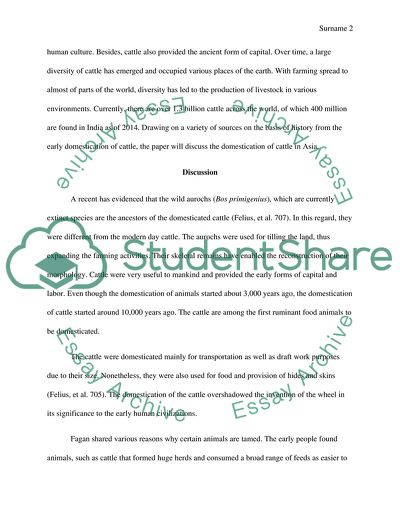Cite this document
(Domestication of Cattle in Asia Coursework Example | Topics and Well Written Essays - 2500 words, n.d.)
Domestication of Cattle in Asia Coursework Example | Topics and Well Written Essays - 2500 words. https://studentshare.org/anthropology/1869257-cattles
Domestication of Cattle in Asia Coursework Example | Topics and Well Written Essays - 2500 words. https://studentshare.org/anthropology/1869257-cattles
(Domestication of Cattle in Asia Coursework Example | Topics and Well Written Essays - 2500 Words)
Domestication of Cattle in Asia Coursework Example | Topics and Well Written Essays - 2500 Words. https://studentshare.org/anthropology/1869257-cattles.
Domestication of Cattle in Asia Coursework Example | Topics and Well Written Essays - 2500 Words. https://studentshare.org/anthropology/1869257-cattles.
“Domestication of Cattle in Asia Coursework Example | Topics and Well Written Essays - 2500 Words”. https://studentshare.org/anthropology/1869257-cattles.


